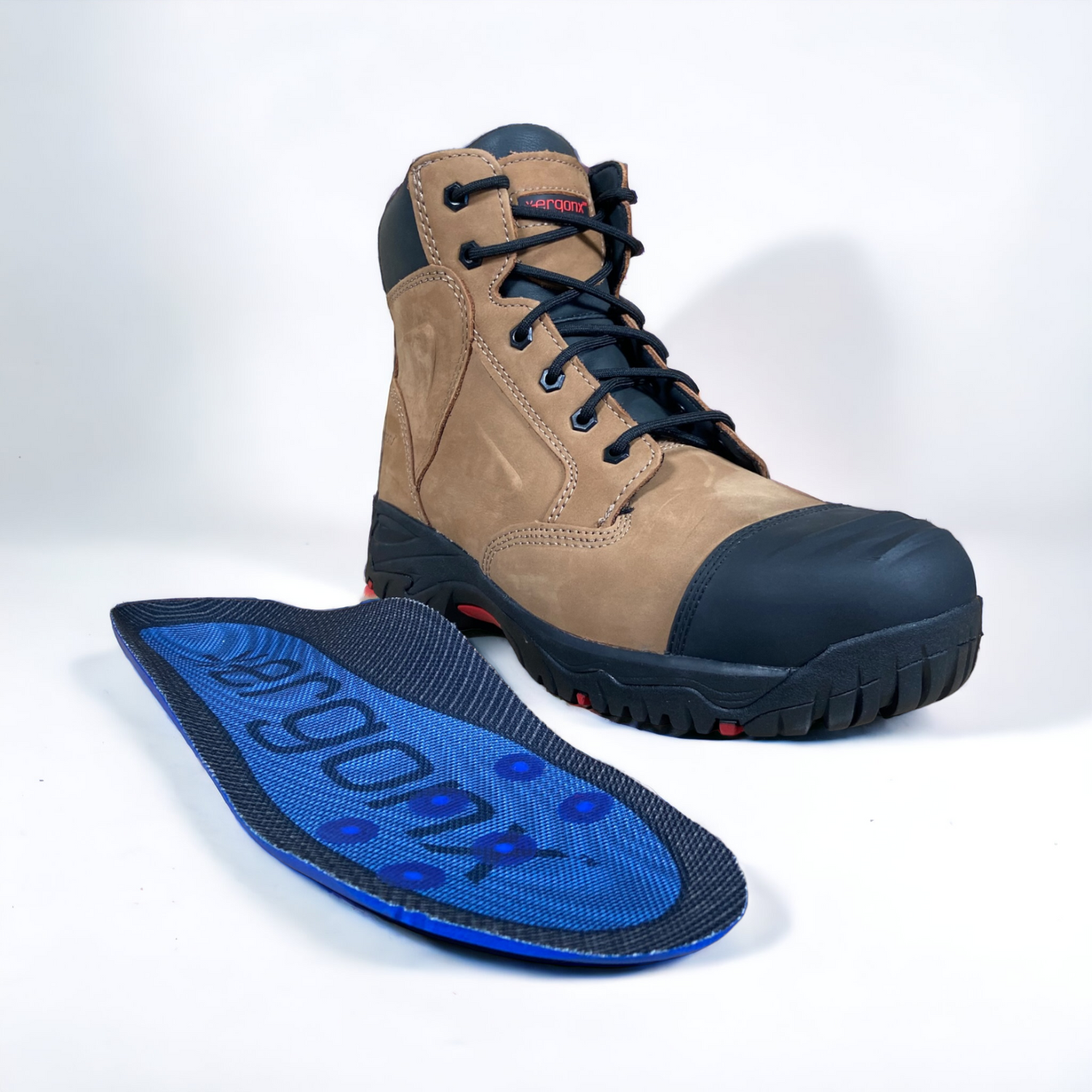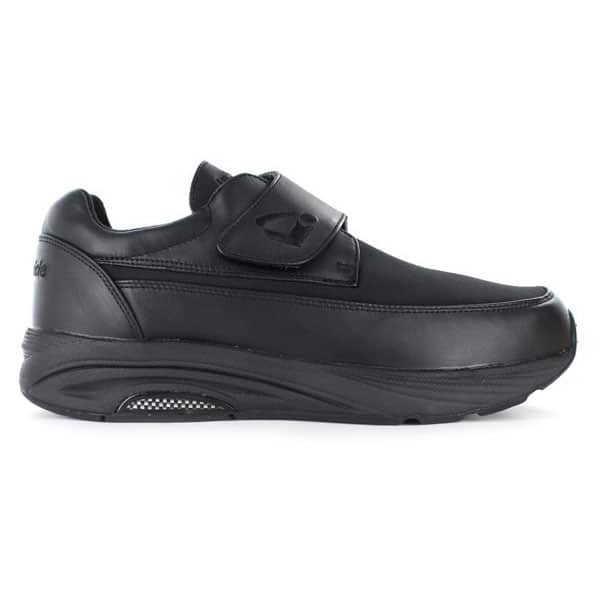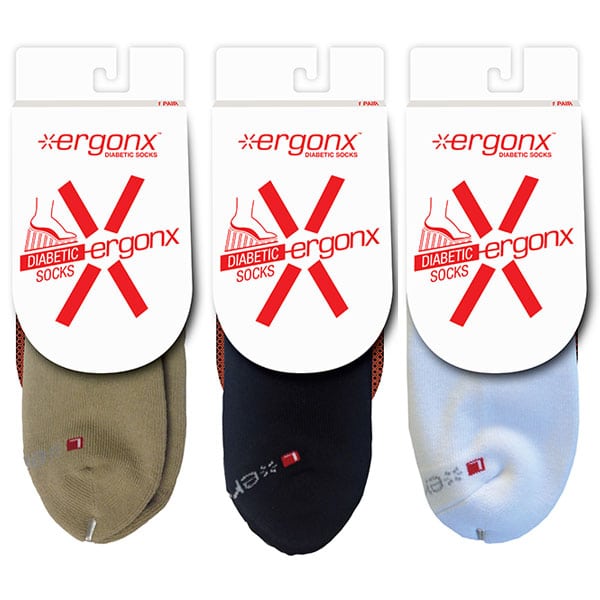Achilles Pain
Achilles Tendon Pain and Achilles Tendonitis
Achilles tendon pain (achilles tendonitis) usually presents as a dull ache in the Achilles region usually 5cm above the heel bone (calcaneus)”.
When the foot over pronates this places an increased amount of strain on the Achilles tendon. Over time with the repetitive nature of walking the Achilles tendon becomes irritated and painful.
Docpods help to prevent achilles tendonitis through limiting the amount of pronation. This helps to keep the strain on the Achilles tendon within normal limits and prevents damage to the Achilles region.
Treatment of achilles pain and achilles tendonitis
Definition of achilles tendonitis:
Inflammation of the Achilles tendon. The Achilles is the large tendon connecting the two major calf muscles, gastrocnemius and soleus, to the back of the heel bone. Under too much stress, the tendon tightens and is forced to work too hard. This causes it to become inflamed (that is tendonitis), and over time can produce a covering of scar tissue, which is less flexible than the tendon. If the inflamed Achilles continues to be stressed it can tear or rupture.
Symptoms of achilles tendonitis:
Dull or sharp pain anywhere along the back of the tendon, but usually 5cm above the heel. Limited ankle flexibility redness or heat over the painful area, a nodule (a lumpy build-up of scar tissue) that can be felt on the tendon, a cracking sound (scar tissue rubbing against tendon) with ankle movement.
Treatment of achilles tendonitis:
Rest – One way to reduce the symptoms of Achilles tendonitis is to avoid or modify those activities which aggravate the condition.
Ice– Ice will help reduce inflammation in to the area and will also help to reduce pain involved with the injury. Ice should be applied for 10 minutes 3 times per day, or following activity.
Stretching Strengthening– A specific exercise program stressing calf muscle stretching and strengthening may be necessary to speed recovery.
Innersoles–used when there is a mechanical deformity in the bony structure of the foot (usually over pronation). Innersoles balance the foot which allows the foot to function more efficiently. Misalignment of the foot will also cause the leg to be misaligned. This will cause the muscles that help to slow pronation (the calf group) to be overworked.


